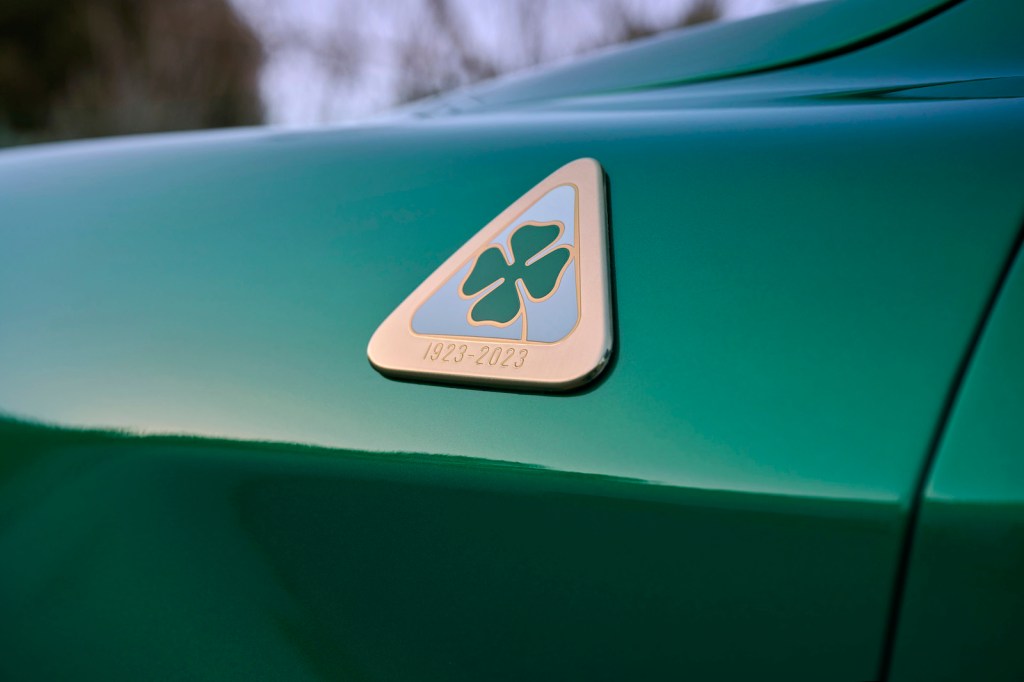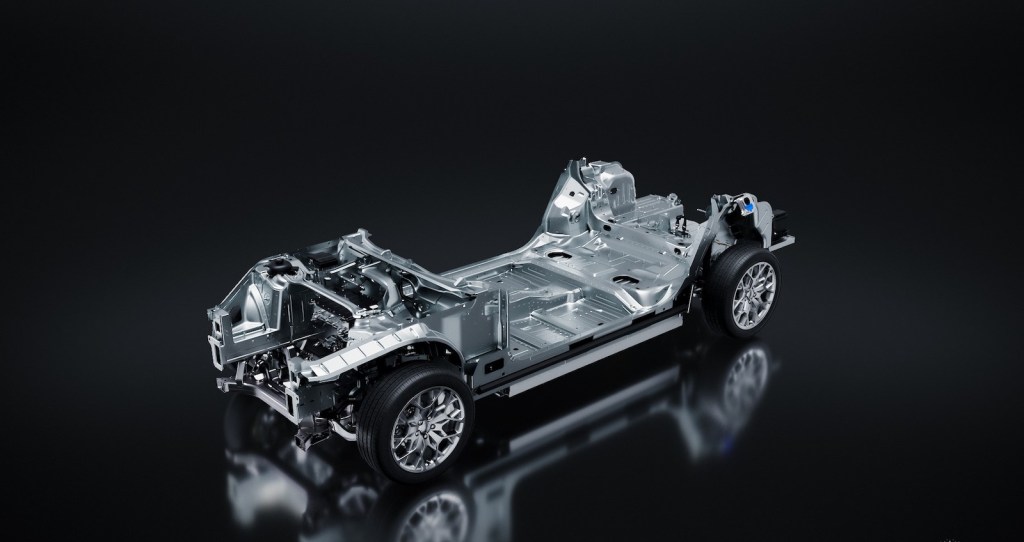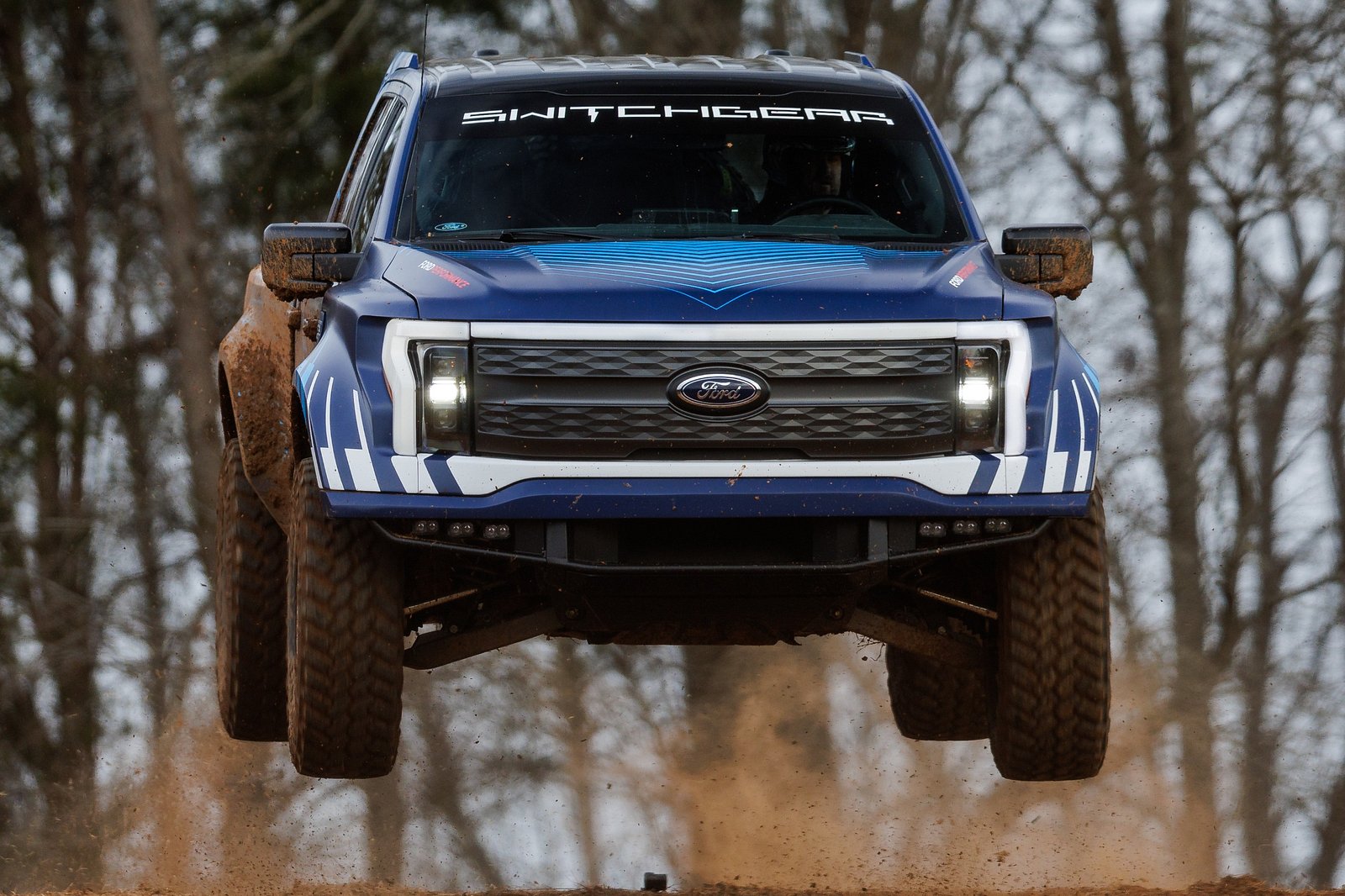Toyota has always been on the cutting edge of vehicle technology. It became one of the first companies to introduce mainstream mass-market hybrid technology with the first Toyota Prius, and the company has only continued to innovate. This innovation led to certain limited-market vehicles like the RAV4 EV, a true, full-electric vehicle for a limited market.
These hybrid and EV technologies developed even further with the Toyota Prime vehicles, such as the Prius Prime and RAV4 Prime. These vehicles hit the market as plug-in hybrid electric vehicles, giving consumers the ability to travel short distances on electric power only, with a gasoline engine that can drive in synergy with the hybrid drivetrain or by itself.
Sadly, Toyota has missed the mark a bit when it comes to some of its emerging vehicle technology investments. Here is everything you need to know about Toyota’s technological investments and why one of these investments isn’t paying dividends.
Why Toyota appears to have been right on EVs
Toyota was right about EVs from the very start. From the debut of its RAV4 EV that was available in select California markets, it was obvious that the technology was not there right away. Of course, the EV marketplace grew substantially after Tesla and other mass-market brands continued to develop EV technology, but for the most part, Toyota waited.
Technology was developing, but EVs were still not keeping pace with gas-powered vehicles. The Nissan Leaf only had a range of around 73 miles. In 2009, the Tesla Model S was unveiled, and while its range was fantastic at 300 miles, it was expensive, with a starting MSRP of $57,400, which, in today’s money, is over $83,000 adjusted for inflation.
Toyota knew it couldn’t build an EV that was both substantial in range and cheap. When technology finally caught up, Toyota jumped into the EV pool with the bZ4X for the 2023 model year. This new EV had a range of over 318 miles, a starting price of $42,000, and the heritage of excellence behind the Toyota name.
While the bZ4X may have had a slow start, Toyota’s investment in PHEV technology and waiting for the right time to enter the EV marketplace is working in its favor. But surprisingly, Toyota didn’t seemingly wait long enough on one vehicle technology in particular…
Toyota won’t give up on hydrogen cars
Yes, despite the worldwide positive reception for electric vehicles, Toyota is still committed to making the hydrogen car a reality. If you don’t live in California, this is probably a surprise to you, but Toyota has been producing its hydrogen car, the Mirai, for years now.
It is a larger sedan offering that runs entirely on hydrogen fuel cell technology. Don’t worry, before you book a flight to the Golden State, let me save you some time; the Mirai isn’t very good.
Of course, it is a borderline luxury sedan, and the styling is somewhat unique, but that’s about all it has going for it. It’s placed somewhere between the Camry and the Avalon in luxury, but it’s priced very high at around $49,500.
According to GoodCarBadCar, Toyota barely sold 2,000 Mirai in 2022 alone. To make matters even worse, the hydrogen fuel cell needed to power the Mirai can only be found in a few hundred fuel stations worldwide.
Nearly all of these stations are only found in certain parts of Japan and California. Even then, these fuel stations run out of fuel often, and an integrated app must be checked before filling up, or you may find your nearest fuel station has run dry. The Mirai is a $50,000 sedan that can’t be taken on a road trip. No wonder it’s hardly selling at all.
History is written by the victors
While the future of hydrogen cars is up in the air, there is one thing that is certain; if anyone is going to make these cars a mass-market reality, it’s Toyota.
Heck, Toyota pioneered the Prius, which went from being mocked in rural America to becoming one of the most easily recognizable vehicles in the world. Soon after, Toyota made the plug-in hybrid a standard in many of its vehicles. If hydrogen technology takes off, and Toyota is already fully invested in the Mirai, the company will have a huge leg up in the marketplace.
Hydrogen offers a nearly identical fueling experience with traditional gasoline, other than the fact that it is a clean burning fuel that only outputs water as a byproduct. If Toyota can make other companies follow suit, the future may not be all EVs, and hydrogen may give EVs a run for their money.



